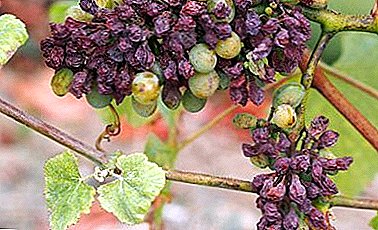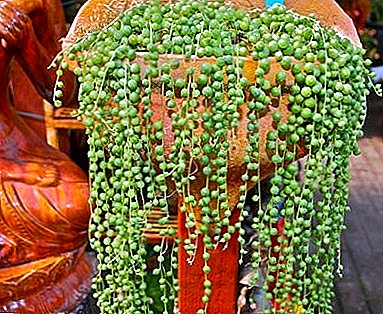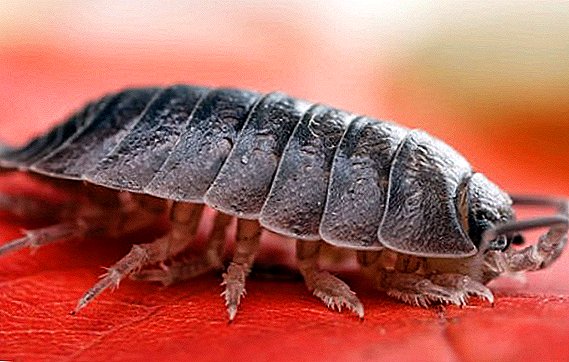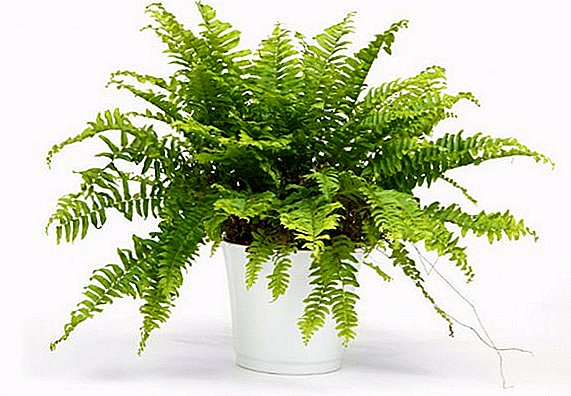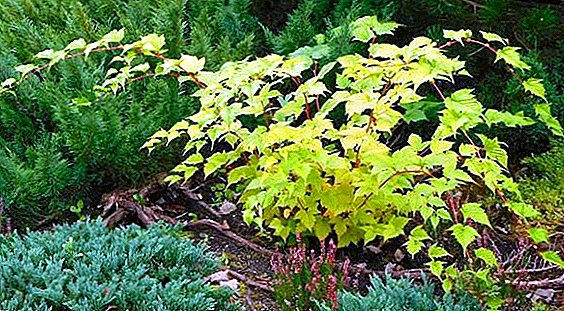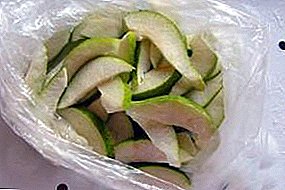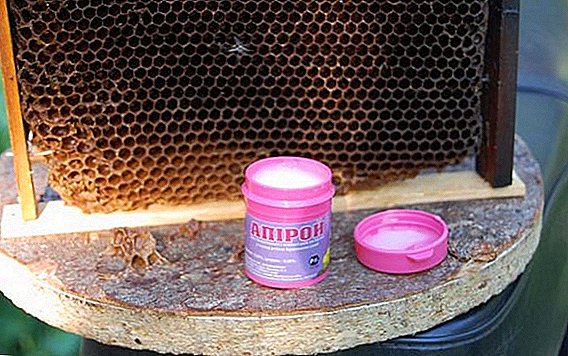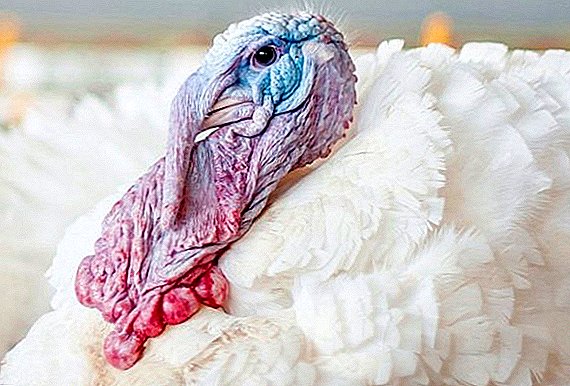 Turkeys are the largest poultry, they reliably based on private farms, because no one can be indifferent to their tasty dietary meat. Rapid rearing of such a bird’s house is difficult. Canadian breeders brought out turkeys giving not only eggs, but also delicious meat in a short time and this is a meat cross highbreed converter. Due to the huge parameters, the bird was jokingly called the endostraus.
Turkeys are the largest poultry, they reliably based on private farms, because no one can be indifferent to their tasty dietary meat. Rapid rearing of such a bird’s house is difficult. Canadian breeders brought out turkeys giving not only eggs, but also delicious meat in a short time and this is a meat cross highbreed converter. Due to the huge parameters, the bird was jokingly called the endostraus.
Description and external features of the cross
External characteristics of the bird:
- broad chest and small head;
- the beak is powerful with a red growth;
- musculature pronounced;
- white plumage with valuable soft down.

Productive characteristics
Key features for which the cross is valued:
- The mass of an adult turkey - from 9 to 12 kg, turkey - 19-22 kg.
- At the age of 4 months, the cross can be sent for slaughter with a body weight of at least 7 kg.
- At nine months of age, females begin to lay eggs, and the ideal age for fertilization in males begins at 12 months.
- In winter and spring, turkeys are able to carry 50 to 80 eggs. Improved nutrition increases egg production up to 150 pieces. Hatching poults lasts 29 days.
- Egg fertility is 87%, of which 85% hatchlings hatch and 90% of them survive.
- Eggs are large, on average, weighing 80 g, the shell is white with brown patches.
- The output of meat at the bottom is 80-85%.

Conditions of detention
The main advantage in the maintenance of cross-breed highbreed converter is that among all the heavy cross-country rides, it is perfectly gaining weight in the summer on free-range, which greatly facilitates bird care and reduces the amount of feed. With proper arrangement of the turkey-hen and the open-air cage for walks, the bird tolerates the winter well.
Did you know? A heavy cross-hybrid converter can take off to a height of 2 meters at times of danger and can reach speeds of up to 45 km / h.
Requirements for the room
Turkeys of this cross-country building room based on these requirements:
- The turkey must be spacious, at the rate of 1 square. square meter for 2 individuals.
- The temperature in the room should be + 17-20 ° C in winter.
- Lighting at least 14 hours a day. The windows are large, located on the south or south-west side.
- The floor is wooden with a litter of straw or sawdust so that the paws of the bird do not freeze.
- In the ammonia removal room, proper ventilation should be arranged without creating drafts.
- Perches are made of durable timber and installed at a height of 0.8 m from the floor.

Aviary for walking
Paddock - a necessary condition for the life of crosses at any time of the year. If in winter turkeys walk for several hours, then from spring to late autumn birds spend most of their time on the run. Walking pens should be spacious, at the rate of square 1 turkey, fenced with a grid with a small-sized cell, high, up to 2 m. Since birds can fly, it is advisable to cover the open-air cage from above with a grid. Along the perimeter of the pen should plant grass that turkeys love, such as alfalfa, clover, peas and others. An open-air cage is arranged near the house and is connected to each other by a manhole, which is closed at night.
Important! From other poultry, turkeys need to be kept separate, although they are peaceful towards their relatives, they do not like strangers.
How to endure winter cold
Lowering the temperature of the highbreed converter takes it better than hot weather. When the frost is not lower than + 15 ° C, turkeys go for walks and their duration is about two hours. You just need to know that dampness and draft even for such strong birds are deadly.
At this time, the care of these birds should be given more attention:
- Ensure that the temperature in the room does not fall below + 15 ° C.
- Extend daylight using lighting up to 14 h.
- To avoid high humidity, the litter of sawdust or peat should be changed every week, because in cold weather these materials do not absorb moisture well.
- Put in addition feeders with shells and chalk.
- The walking area must be cleared of snow so that the paws do not freeze, put hay and during this time ventilate the room well.

What else to take care
In addition to a spacious and warm room, it is necessary to create conditions for the turkeys where they can lay eggs, as well as pick up feeders and drinkers.
Nest
Laying eggs in turkey is preferred in secluded places, so the nests should be placed in darkened parts of the room at a height from the floor of 25-45 cm, in an accessible place for cleaning. Each nest should be comfortable for laying. It is better to make from wooden bars with a size of 75 by 75 cm and a height of 1 m. If you want to save space, nests can be constructed in two tiers. A bed of straw and grass always lies on the bottom.
Check out the list of current turkey crosses: big-6, bronze-708, grade maker, and victoria.
Feeders and drinkers
Feeders for turkeys are no different from feeders for chickens. They can be in the form of a trough or gutter, made of metal, plastic or wood. Basically, farmers choose bunker structures for feeding convenience, where the birds themselves regulate the degree of saturation and eat as much as they need. Feeders should be placed at a convenient height for the birds.  For turkey livestock need constant access to clean water. On sale there are many types of drinkers. Small chicks do not need to put deep tanks so that the chicks do not wet the feathers - this can be disastrous for them. Farms prefer nipple drinkers. The main advantage of such structures is constantly clean water, the ability to add various additives to enhance immunity, dryness in the room. They have drinkers at the height of the neck of the bird.
For turkey livestock need constant access to clean water. On sale there are many types of drinkers. Small chicks do not need to put deep tanks so that the chicks do not wet the feathers - this can be disastrous for them. Farms prefer nipple drinkers. The main advantage of such structures is constantly clean water, the ability to add various additives to enhance immunity, dryness in the room. They have drinkers at the height of the neck of the bird.
Important! So that infections do not develop in the house, the feeders and drinkers should always be clean.
What to feed
Depending on the season of the year and the age of the birds, the feeding of the highbreed crosses should be done differently. The main thing is to have a balance.
Turkey poults
Chicks up to 3 weeks of age should be fed 7 times a day, reducing the number of feedings up to 4 times by the age of one month. If possible, it is better to feed with ready-made feed, such as PC-5, PC-6 and PC-12specially created for meat breeds.
Learn more about PC-5 and PC-6 feeds.
From such feed, the bird quickly gains weight and has a good presentation.  You can independently prepare the feed mixture. The body of young chicks responds well to dairy products, it is useful to feed the youngsted buckwheat steamed in milk - this is a good source of iron. Cottage cheese and chopped egg are added to the steamed grain. From grain use wheat, corn and buckwheat.
You can independently prepare the feed mixture. The body of young chicks responds well to dairy products, it is useful to feed the youngsted buckwheat steamed in milk - this is a good source of iron. Cottage cheese and chopped egg are added to the steamed grain. From grain use wheat, corn and buckwheat.
Also in food for young animals are used:
- vegetables - cabbage, carrots, beets;
- sprouted oats and wheat;
- legumes;
- tops of carrots, green onions, herbs - colza, alfalfa, nettle;
- sliced fruit.
Read more about turkey poult feeding.
For the rapid growth and prevention of foot diseases, turkeys are added to feed:
- crushed eggshell;
- meat and bone meal;
- a piece of chalk.
 At the age of 1.5 months, eat up to 2 kg of feed.
At the age of 1.5 months, eat up to 2 kg of feed.
Important! Quite small chicks should be fed on the litter so that they do not damage the beak, and watered with warm sweetened water.
Adults
Large crosses need to be fed 3 times a day. From grain use:
- barley;
- corn;
- wheat;
- oats.
To the grain it is necessary to add boiled potatoes. In the summer, turkeys graze well on their greens.
In winter, birds spend more energy, so vitamin supplements and animal protein should be present in the feed.
Learn how to grow broiler turkeys at home.
In the diet include:
- ground needles and grass;
- acorns and chestnuts;
- wheat germ and oats;
- green hay;
- nuts;
- vegetables and fruits;
- sauerkraut.
As animal protein, small fish and meat wastes, as well as cottage cheese are used. These supplements are given in small quantities. Calcium is filled with a small shell and chalk in separate feeders. Each adult individual must be given 3 grams of salt.  For a good rubbing of food, it is necessary to put containers with small gravel mixed with limestone.
For a good rubbing of food, it is necessary to put containers with small gravel mixed with limestone.
We advise you to read about the beneficial properties and the consumption of meat, liver, turkey eggs.
Advantages and disadvantages
The advantages of the cross converter Hybrid Converter include:
- The ability to quickly carry eggs.
- A large mass of birds.
- Ability to adapt to the conditions of detention.
- High payback.
Disadvantages of cross-country:
- Gaining weight provided by the standard, occurs only on high-quality feed of industrial production.
- Regular activities with the use of vitamins to maintain immunity.
Did you know? Turkeys have a hard short beak, which makes 60 moving movements in one minute, and the stomach is able to digest glass.
Video: Highbreed Turkeys Content Experience Converter
Reviews poultry farmers on cross

After reading the excellent cross-country highbridge converter, you can try to grow these birds in your yard to get tasty and dietary meat of its own production. You only need to know that in order to increase productivity and payback, you need to consider the following factors:
- Balanced diet with increased protein and vitamins.
- Special mineral and medicinal additives.
- The right choice of eggs for incubation or chicks.


